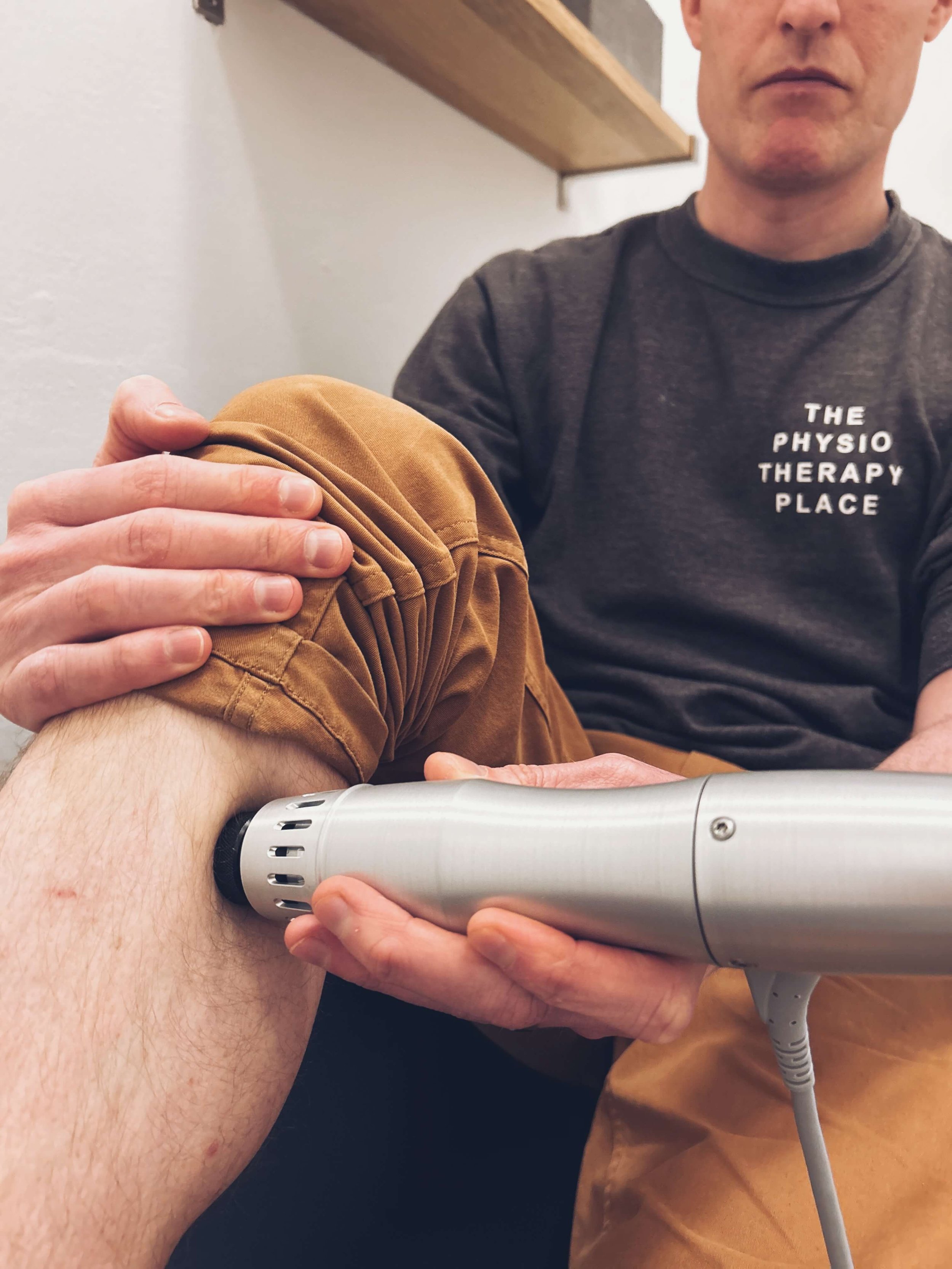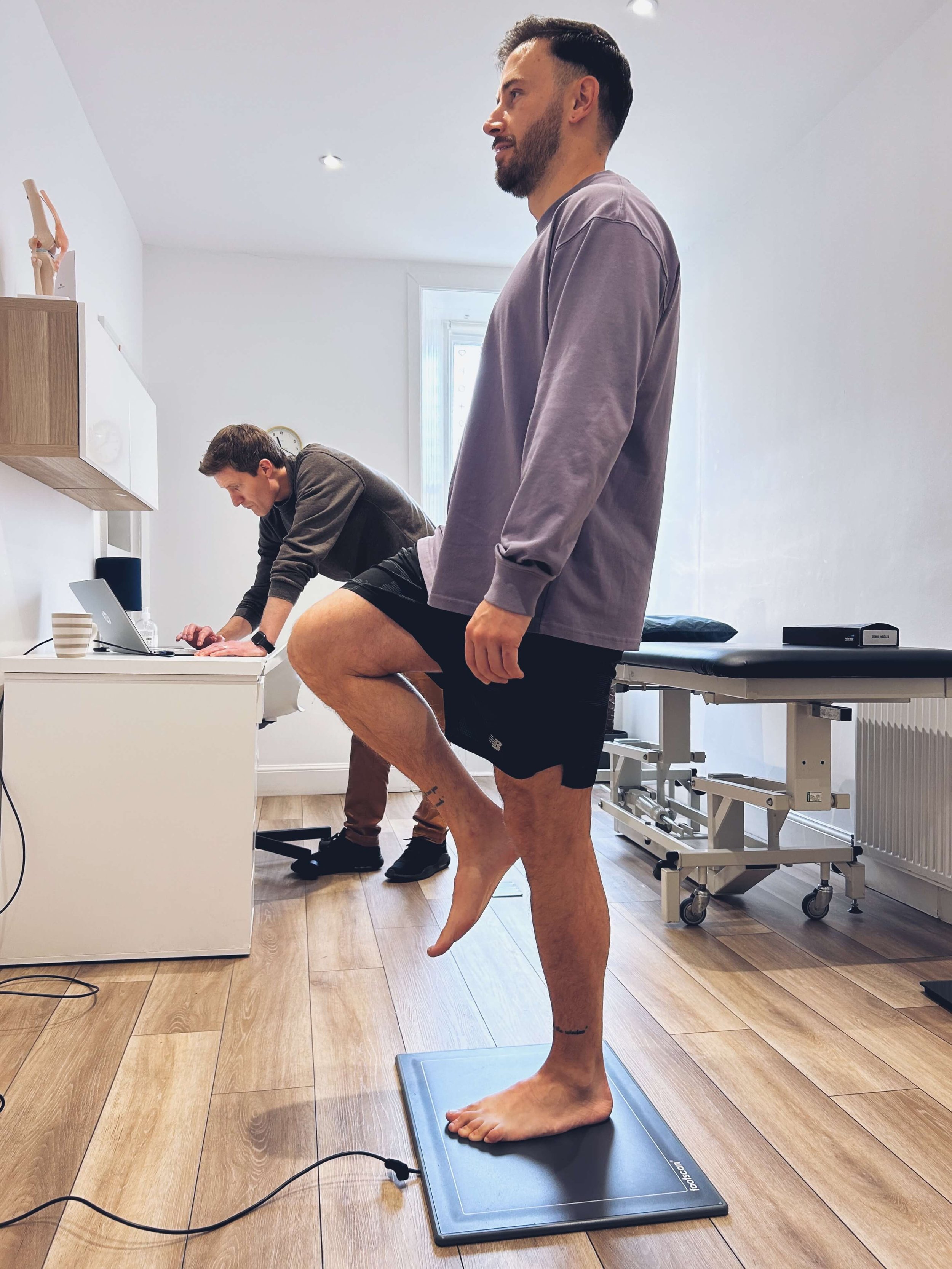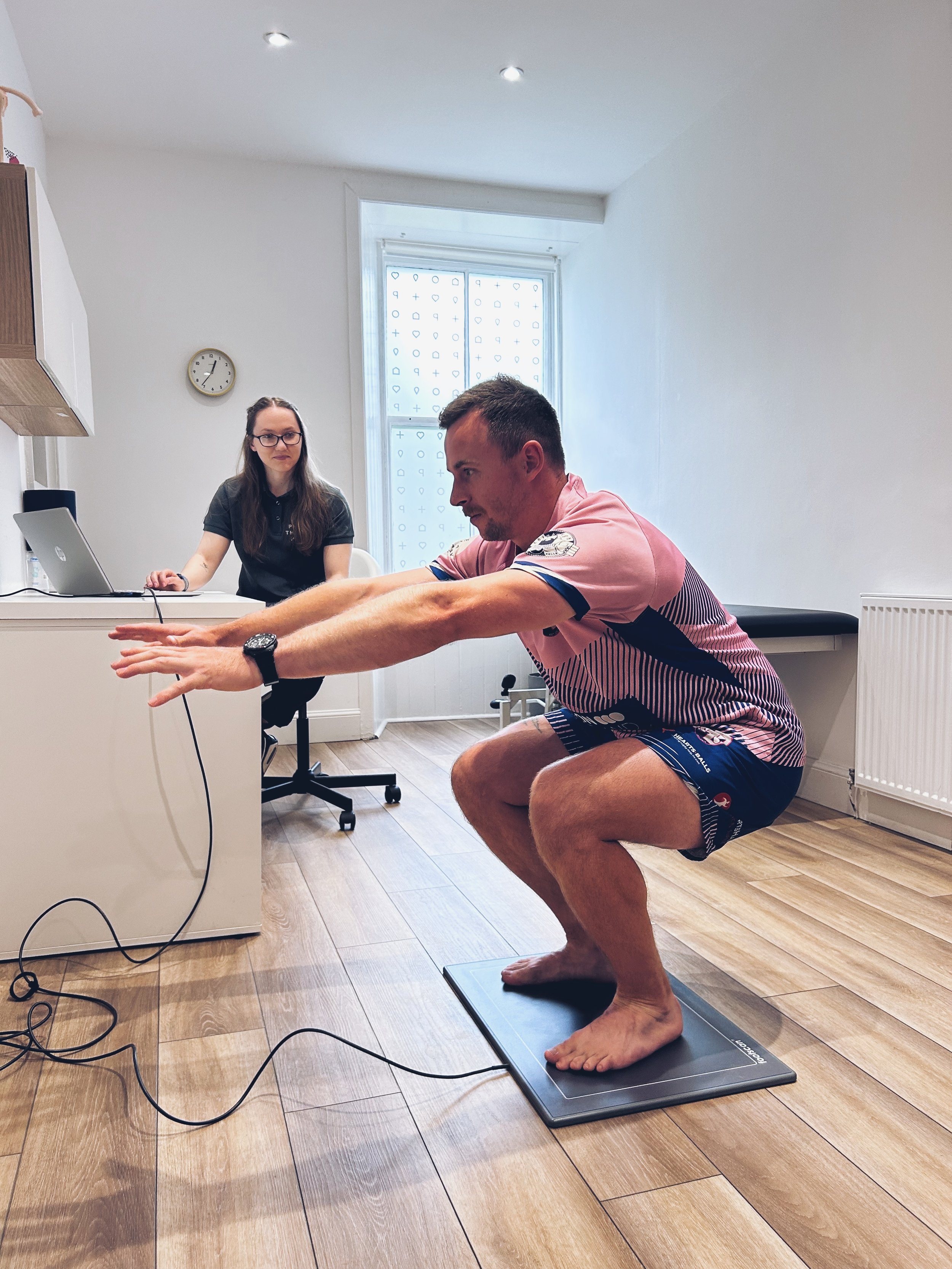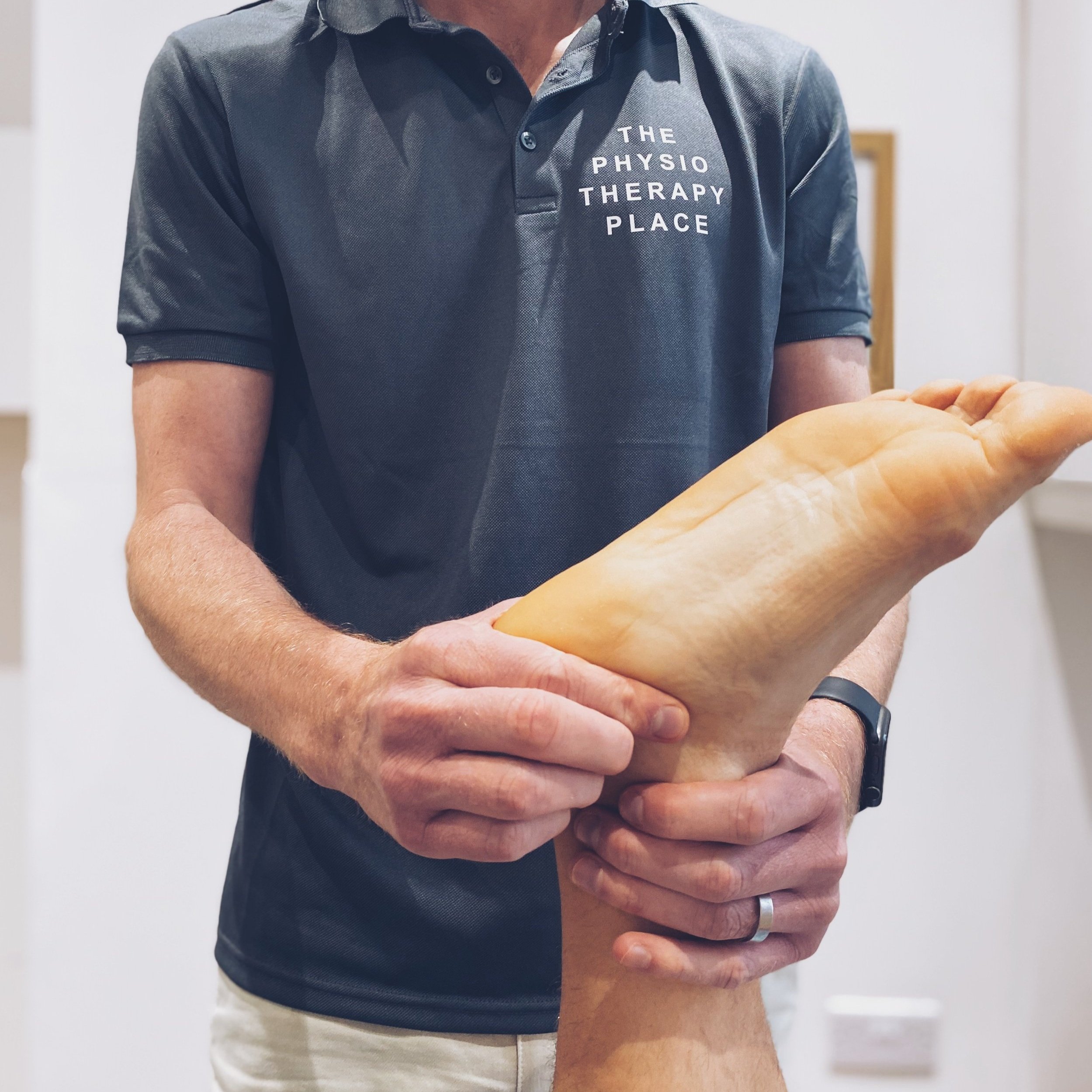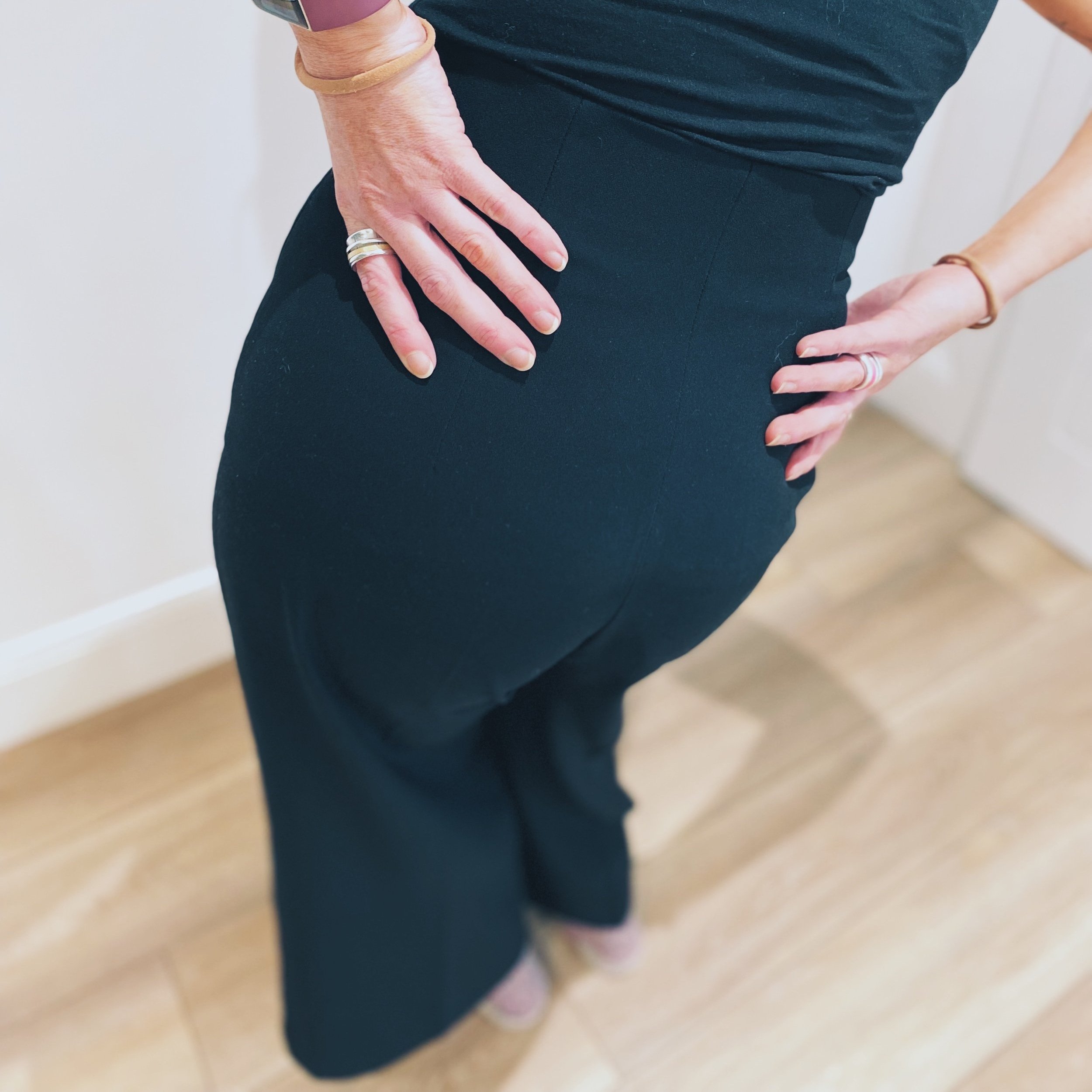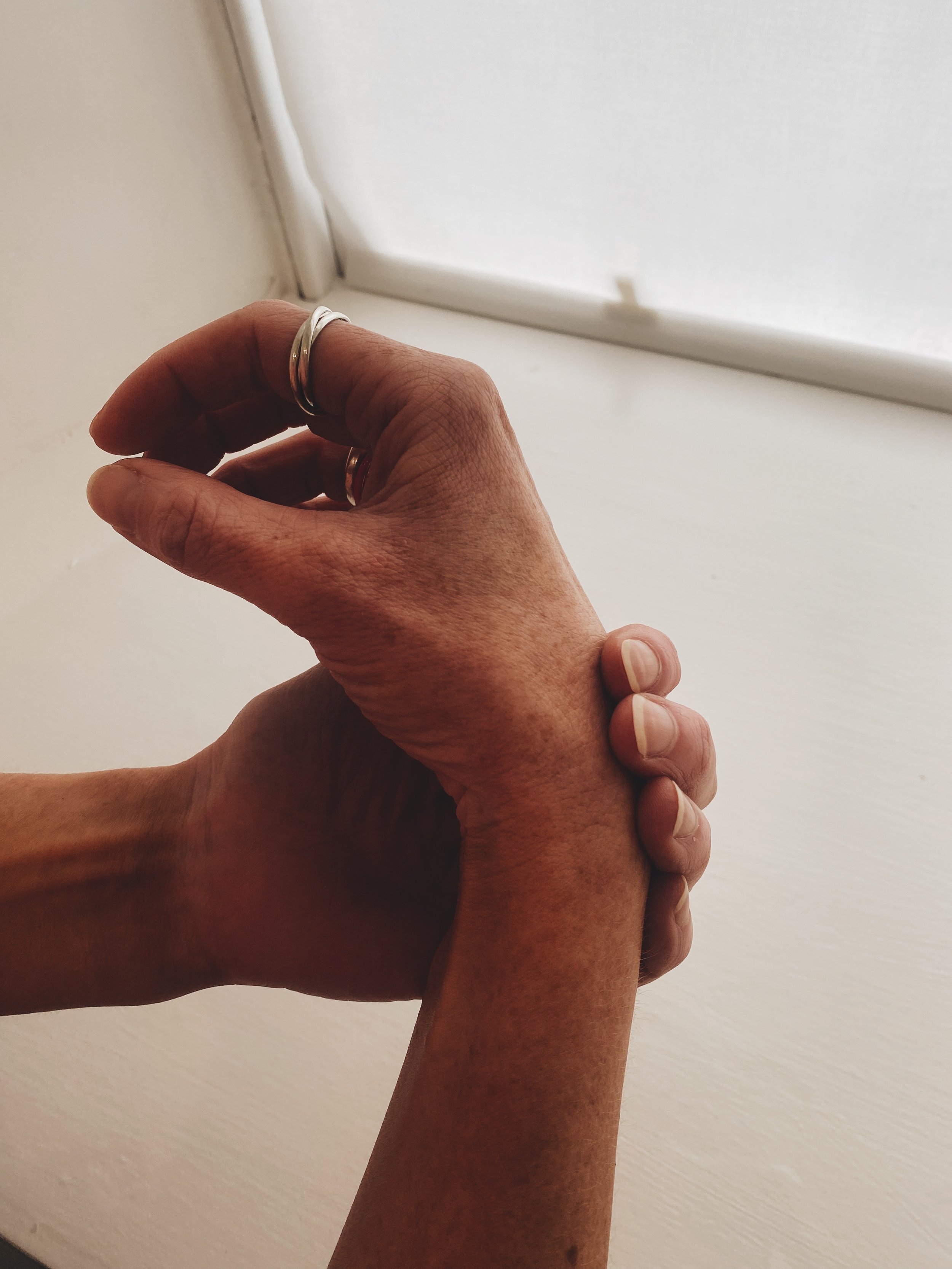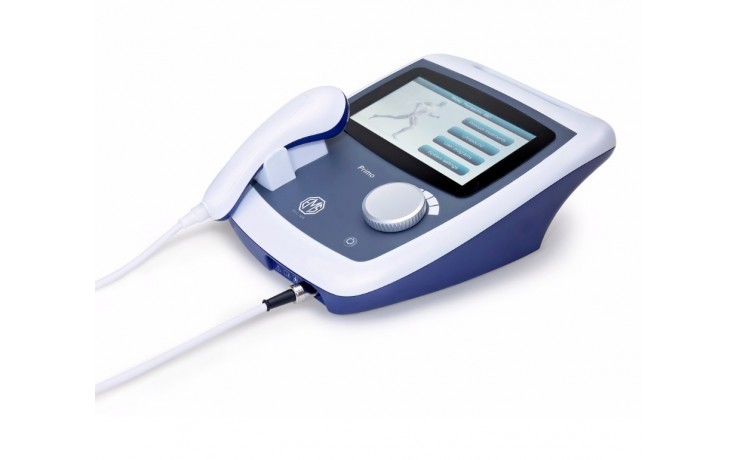How shockwave therapy and physiotherapy treatment can help resolve shin splint injury, pain and stress. Shockwave treatment for runners, for leg pain. Shin splint releif.
Read moreThe Benefits of Shockwave Therapy for Shin Splints
Shockwave technology being applied to lower leg for shin splints treatment and relief

